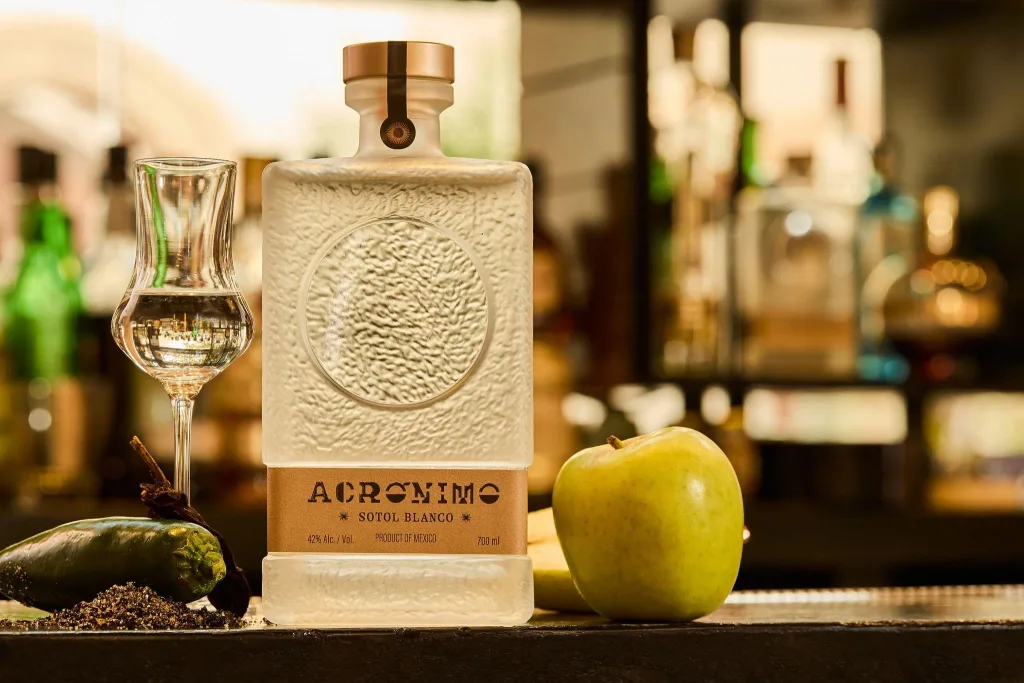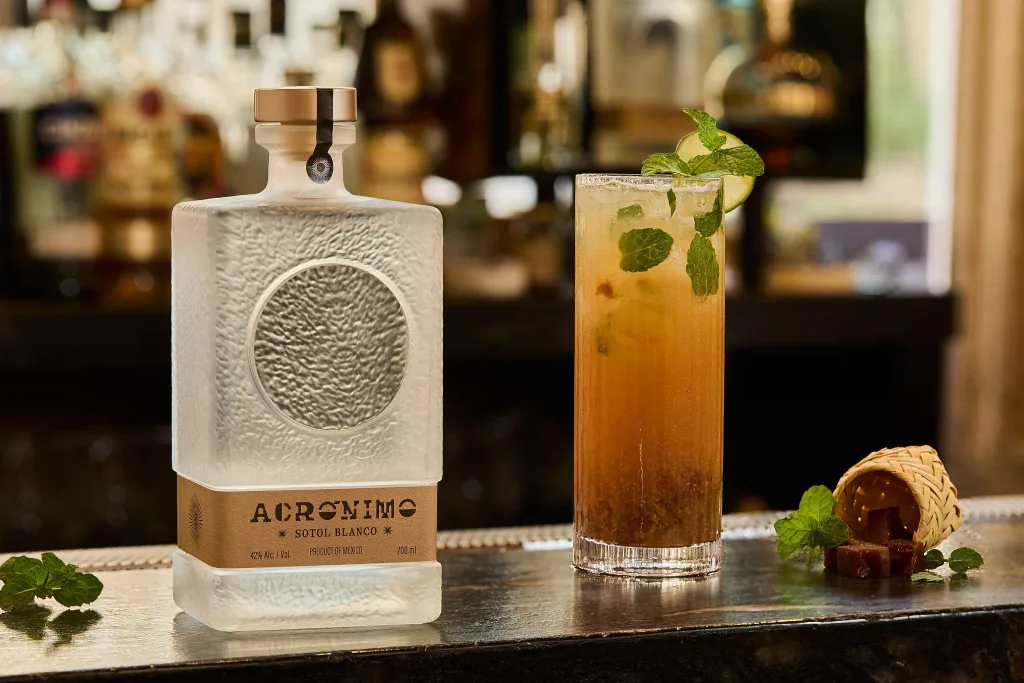Exploring the New Spirit Brand Revolution: Why Sotol is Leading the Charge

New spirit is reshaping the business of spirits faster than ever, as a quiet but powerful movement transforms bar and liquor store shelves, driven by a thirst for authentic, regionally rooted experiences and a bold, adventurous palate.
Once eclipsed by popular choices, this wave, known as the New Spirit Revolution, is generating lesser-known, culturally rich spirits. And guiding this charge is Sotol, a savage, legendary spirit born in northern Mexico’s deserts.
Understanding Sotol: The Spirit from Desert Roots
Sotol is a cultural legacy in a bottle, not simply another distilled drink. For millennia the indigenous people of northern Mexico drank Sotol, derived from the Dasylirion plant, sometimes referred to as the desert spoon.
Want to know about our Chihuahua?
Sotol is made from a different kind of succulent than tequila and mezcal, which are derived from agave; hence, it has a different profile that is earthy, herbaceous, and somewhat smoky.
Sotol was historically made and eaten in the Mexican states of Chihuahua, Durango, and Coahuila.
Still, the tides have changed. Sotol is becoming more and more popular as the world’s taste yearns for authenticity and uniqueness, attracting both discriminating experts and curious novices.
Why Sotol Perfectly fits in the New Spirit Revolution?
The New Spirit Revolution is about shattering the industry with authenticity, sustainability, and invention, not only about attempting something different.
Sotol reflects all of these qualities as well as more. Customers are choosing those that tell a narrative as they turn away from mass-produced, generic spirits.
Sotol brings centuries of legacy and a unique terroir into every drink, exactly that. Sotol’s manufacturing is also more sustainable than that of many other spirits.
Growing naturally in the desert, the Dasylirion plant requires little water; hence, it is an environmentally friendly choice at a time when environmentally conscious consumption is on the increase.
Versatility: Sotol’s earthy, somewhat peppery taste makes it a great basis for a lot of cocktails.
Complexity: Sotol keeps a great depth that doesn’t overwhelm but rather complements mixers and ingredients, unlike many other spirits.
Originality: Sotol gives bartenders trying to wow a taste unlike any other spirit so guests will remember the encounter.
This attraction is the reason you are seeing increasing numbers of Sotol-based cocktail menus boldly displayed all throughout the United States and Europe.
From Craft to Commercial: Rising Sotol Brands
Most people had not heard of Sotol, let alone eaten it, a few years ago. Still, the terrain has evolved significantly. New-age companies are using the popularity of craft spirits to present Sotol on a worldwide scene.
By combining modern branding with handcrafted production, companies like Desert Door in Texas and Flor del Desierto in Chihuahua are stretching the possibilities.
Emphasizing their use of traditional roasting pits, wild-harvested botanicals, and small-batch distillation procedures, these brands also stress openness.
This dedication to craft not only helps to maintain the legacy of the spirit but also attracts powerfully to the ethical and quality-conscious drinker of today.
Appeal of Health and Wellness: An Unexpected Bonus
The wellness explosion has clearly affected alcohol use in several respects. Consumers give clean labels, fewer additives, and natural ingredients top priority and are more aware of what they are drinking.
Here also is Sotol shining.
Sotol is sometimes thought of as a “cleaner” spirit since it comes from a plant noted for its resilient, natural composition and is usually produced without artificial flavors or preservatives.
Although alcohol is still alcohol and should be drunk sensibly, its natural source gives it a unique edge over many highly processed substitutes.
Sotol Worldwide: Travelling Globally Without Losing Its Origins
Demand for unusual and culturally genuine goods has grown worldwide in recent years.
The spread of sotol is a classic example of how a regional specialty may travel worldwide while preserving its cultural character.
Companies are working with nearby Mexican manufacturers to guarantee adherence to old customs.
Education is also becoming a pillar of Sotol’s global expansion; several importers are holding tastings, seminars, and web events to raise awareness and appreciation.

How to Enjoy Sotol? Tips for First Time Drinkers
- Start orderly: Try it straight at room temperature to totally enjoy its taste.
- Match with Food: Sotol goes very well with roasted vegetables, grilled meats, and even fiery cuisine.
- Play around with cocktails: With a reviving change in your favorite recipes, substitute it with tequila or mezcal.
FAQs
- How different is Sotol from tequila?
While tequila is produced from the blue agave plant, sotol comes from the Dasylirion plant—desert spoon. Each spirit has a different taste sensation as a result; Sotol is often more earthy and grassy.
- Does Sotol fall under any kind of mezcal?
No; it’s a different spirit. Sotol comes from a distinct plant species, although it has certain manufacturing similarities with mezcal, particularly in older techniques.
- Is Sotol available beyond Mexico?
True! Particularly in bars specializing in craft spirits or Mexican imports, sotol is increasingly available in the United States, Europe, and portions of Asia.
- Sotol’s alcohol concentration makes it how strong?
Like tequila or mezcal, most Sotol spirits have around 38% to 45% alcohol by volume.
- Why is Sotol becoming very well-known right now?
Its popularity fits customer desire for real, eco-friendly, distinctive spirits. The New Spirit Revolution has raised awareness of regional goods like Sotol, which mix bold, contemporary tastes with history.
Future Outlook: Where the New Spirit Revolution Is Headed
The New Spirit Revolution will keep pushing industry innovation as more consumers search for unusual and significant drinking experiences.
Authenticity will still be the compass, though. And in this environment, Sotol is not just a transitory fad but also likely to become a mainstay in the collection of modern spirit lovers.
With greater money for marketing, distribution, and education, Sotol is poised to upend existing players.
Once a secret treasure of the Chihuahuan Desert, this rising star of the worldwide bar scene is now somewhat visible.
